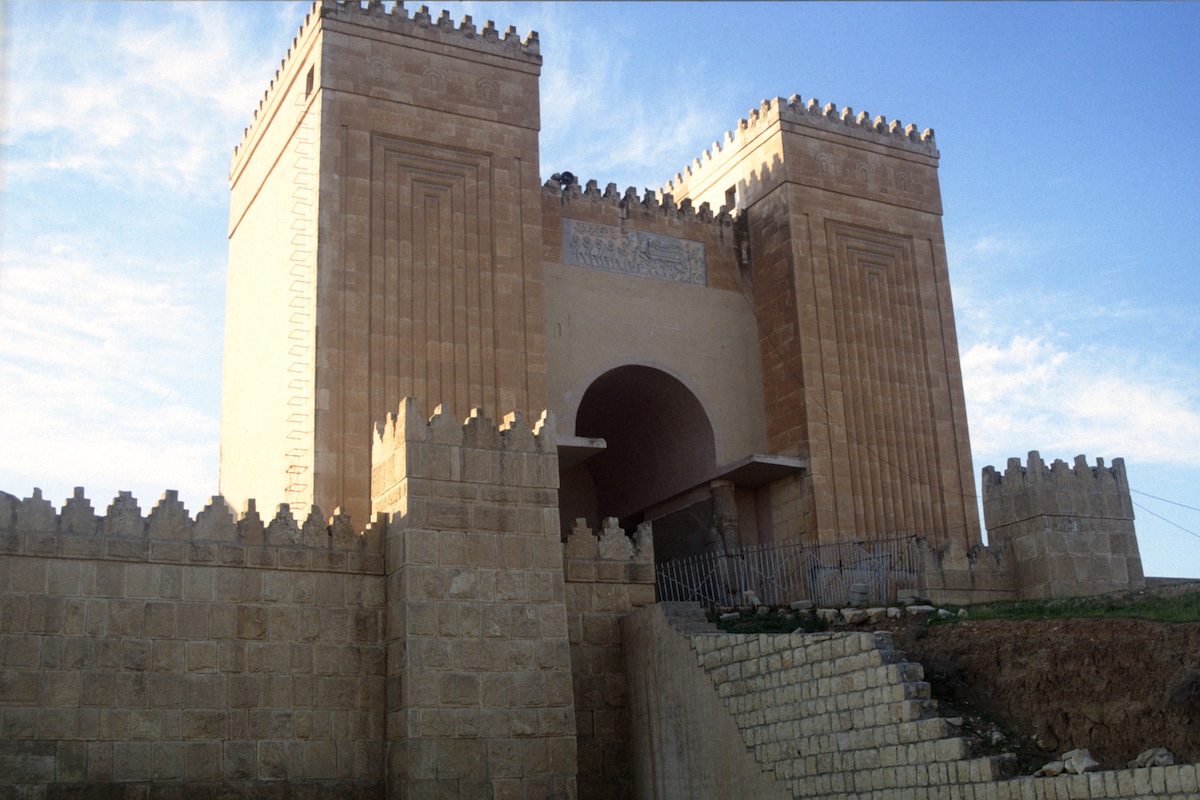Unraveling the Mysteries of Ancient Nineveh: City, Meaning, and Biblical Significance

Nineveh, the ancient city shrouded in the mists of time, stands as a testament to the grandeur and complexity of ancient Mesopotamian civilization. Located on the eastern bank of the Tigris River in present-day Iraq, Nineveh was one of the most important cities of the ancient Near East, boasting a rich history that stretches back millennia.
The name Nineveh evokes images of a bustling metropolis, teeming with life and activity. In its heyday, Nineveh was a cultural and economic powerhouse, serving as the capital of the mighty Assyrian Empire. The city’s strategic location on the trade routes linking Mesopotamia with Anatolia and the Levant contributed to its prosperity and influence.
According to the Bible, Nineveh is first mentioned in the book of Genesis as one of the cities founded by Nimrod, a legendary figure associated with the early civilizations of Mesopotamia. However, it is in the prophetic books of the Hebrew Bible, particularly the Book of Jonah, that Nineveh assumes greater prominence. In the story of Jonah, the prophet is sent by God to preach repentance to the people of Nineveh, who are described as wicked and sinful. Remarkably, the inhabitants of Nineveh heed Jonah’s warning and repent, prompting God to spare the city from destruction.
The meaning of Nineveh extends beyond its biblical significance, encompassing its role as a political and cultural center of the ancient world. The city’s name is believed to derive from the Akkadian term “ninua,” meaning “fish.” This etymology likely reflects Nineveh‘s association with the Tigris River and its importance as a hub of fishing and trade.
The city of Nineveh itself was a marvel of ancient engineering and urban planning. Surrounded by massive walls and fortified gates, Nineveh boasted an extensive network of streets, palaces, temples, and gardens. The grandeur of its architecture and the sophistication of its irrigation systems attested to the wealth and ingenuity of its inhabitants.
In terms of Nineveh’s location, the city occupied a strategic position in the heart of the ancient Near East, situated approximately 400 kilometers north of Babylon and 550 kilometers southeast of modern-day Baghdad. Its proximity to the Tigris River provided access to water for irrigation and transportation, further enhancing its strategic importance.
Today, the location of Nineveh corresponds to the archaeological site of Tell Kuyunjik and its surrounding area near the modern city of Mosul in northern Iraq. Although much of the ancient city lies buried beneath the sands of time, ongoing excavations have unearthed a wealth of artifacts and inscriptions that offer tantalizing glimpses into Nineveh’s storied past.
In conclusion, Nineveh stands as a symbol of the enduring legacy of ancient Mesopotamian civilization. From its biblical significance to its architectural splendor, the city continues to fascinate scholars and archaeologists alike, offering insights into the complexities of urban life in the ancient world. As we explore the mysteries of Nineveh and its place in history, we are reminded of the remarkable achievements of our ancestors and the profound connections that bind us to the past.
